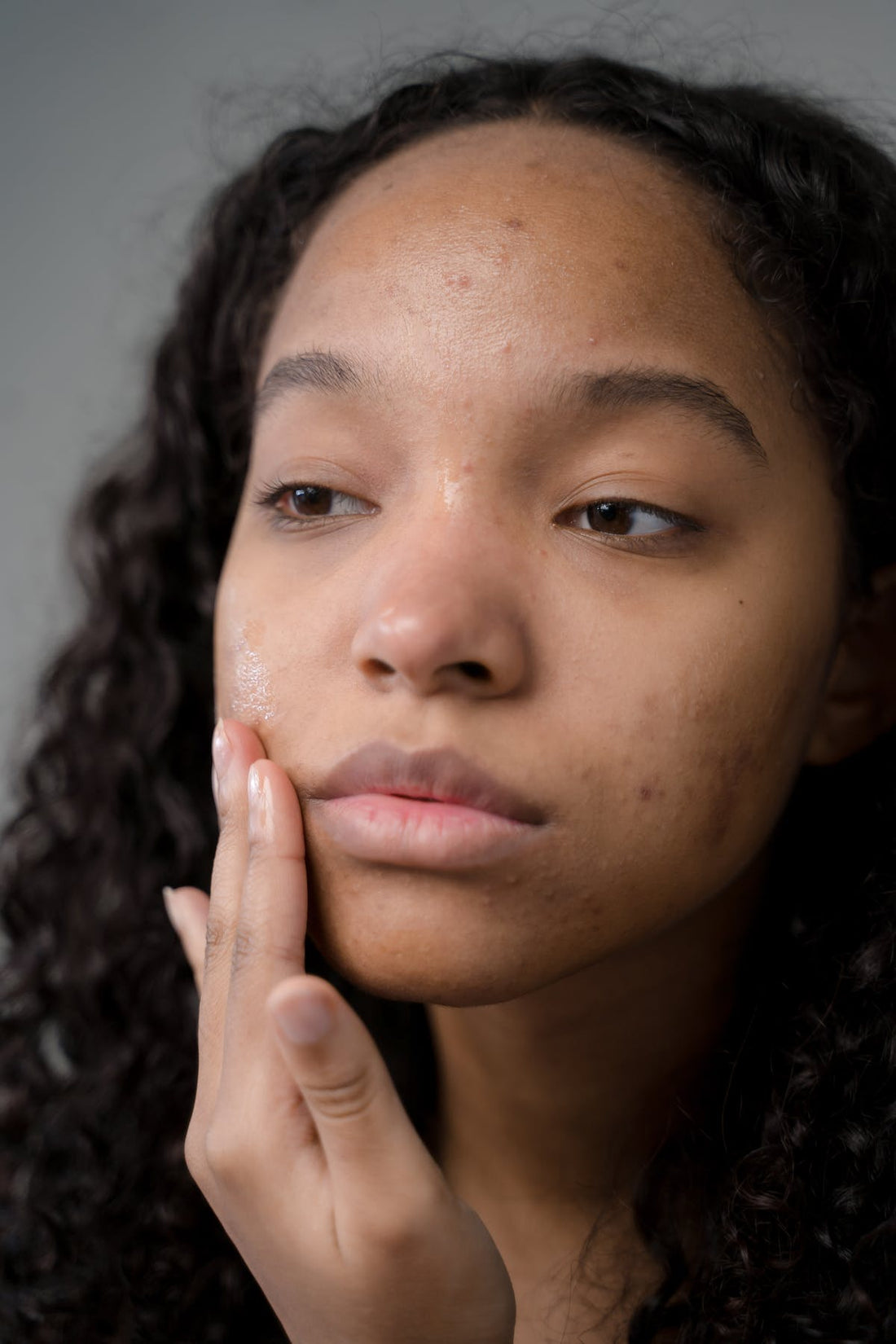
What Causes Acne?
Share
What Causes Acne? Understanding the Different Types and Their Triggers
Acne is a common skin condition that can affect anyone at any age, and the need to understand what causes acne is crucial. Although many of us often associate acne with our teenage years, the reality is that it can strike at any time. As a result, we may find ourselves dealing with unwanted pimples, blackheads, whiteheads, and more. Let’s dive into what causes acne and explore the different types that can appear on your skin.
Whiteheads: The Clogged Pores
Whiteheads are those small, pus-filled bumps that appear white on the skin. They form when your pores get completely blocked by excess oil, dead skin cells, and bacteria. This blockage prevents the material from escaping, causing a raised bump to form beneath the surface. The trapped oil and bacteria create the perfect environment for whiteheads to thrive. Poor skincare habits, hormonal changes, and excessive oil production are common triggers for whiteheads.
Blackheads: The Open Comedones
Blackheads are open comedones, those tiny dark spots that can show up on your face, neck, chest, or back. Unlike whiteheads, blackheads occur when the pore remains open, but excess sebum and dead skin cells get trapped inside. The exposure to air causes the material to oxidize and turn black, hence the name. Blackheads are a result of clogged pores, and factors like excessive oil production, poor exfoliation, and hormonal fluctuations can lead to their development.
Pustules: The Inflamed Pimples
Pustules are the classic pimples that most of us are familiar with. They’re red, tender bumps with a white or yellow center, often filled with pus. Pustules form when pores get clogged with excess oil, bacteria, and dead skin cells, leading to inflammation. Hormonal changes, genetics, and lifestyle factors such as stress and diet can trigger pustule breakouts. Skincare products that irritate the skin can also contribute to their formation. To manage pustules, consider using over-the-counter treatments like benzoyl peroxide or salicylic acid, and seek medical attention for severe cases to prevent scarring.
Papules: The Red Bumps
Papules are small, red, and raised bumps on the skin that can be tender to the touch. They occur when dead skin cells and oils clog your pores and hair follicles, leading to inflammation. Papules often bring along redness, swelling, and discomfort. They’re commonly caused by hormonal changes, stress, and irritation from skincare products. To treat papules, opt for gentle skin products, maintain a healthy diet, and manage stress levels.
Nodules: The Deep, Painful Pimples
Nodules are the larger, more painful types of acne that form deep under the skin. They’re hard, inflamed lumps that take longer to heal and can leave scars if not treated properly. Nodules occur when pores get clogged with excess sebum and bacteria, leading to a severe inflammatory response. Hormonal imbalances, genetics, stress, and certain medications can contribute to the formation of nodules. Due to their severity, nodules often require professional treatment, including prescription medications.
Conclusion
Acne is a multifaceted skin condition with various types that can affect your skin in different ways. Whether you’re dealing with whiteheads, blackheads, pustules, papules, or nodules, understanding what causes acne is the first step in managing and preventing it. Factors like hormonal changes, excessive oil production, poor skincare habits, and lifestyle choices all play a role in the development of acne. By identifying the triggers and adopting the right skincare routine, you can keep acne under control and maintain healthier skin.
